Painting the interior of a home with white wall paint is one of the best ways to transform it into a new space with a fresh, clean look. We’ve even had some of our clients paint their walls before their boxes arrive at their new house – just a few days after they purchased it!
However, there are many aspects of white paint that make a room seem magical, but that same white paint can make another room seem terrifyingly cold. As with all colors, white is associated with a number of different characteristics, including temperature, mood, light reflectivity, style, and more.
There are a number of things you need to keep in mind when painting with white, and if you ignore them, your seemingly crisp and fresh white paint will seem very off. But don’t worry – it’s really easy to add a little color for a touch of warmth or to tone the white down.
Before you paint your walls white, consider these factors:
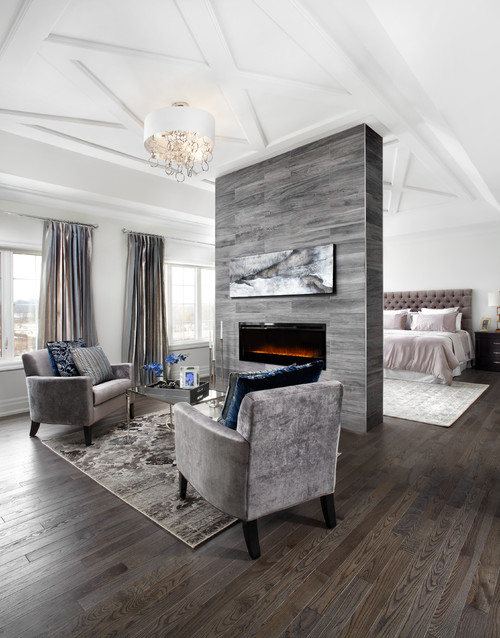
1. Consider the Natural Light Source
Before painting a room white, consider its orientation. Rooms facing away from the noonday sun, like bedrooms, gyms, and studios, receive gray-blue light, making them ideal for consistent lighting. Opting for clear white paint can maximize light while keeping these spaces cool.
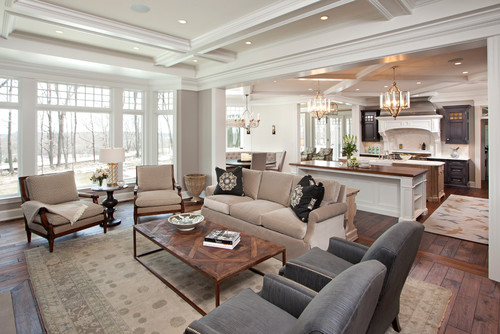
In contrast, a north-facing family room in a winter city like Vancouver may not suit white walls, as they can feel chilling against the snowy landscape outside. For areas where you eat, socialize, or spend time, consider tinting white with warm colors like red, yellow, or orange from Benjamin Moore’s Off-White Collection. These warm hues can replicate sunshine’s warmth and create a positive ambiance.
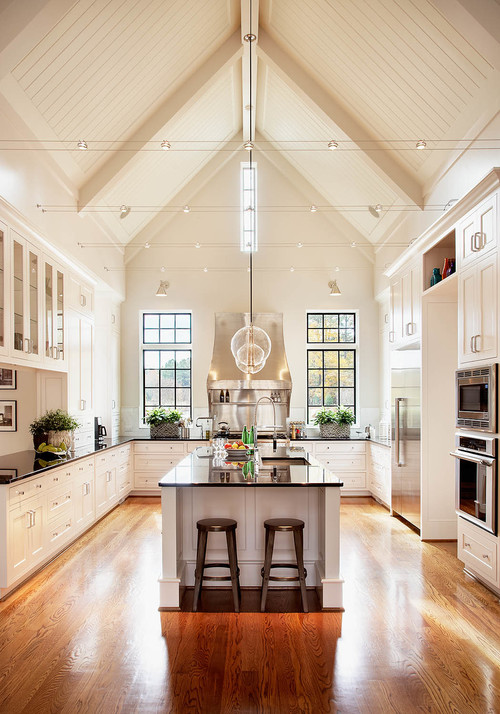
West-facing rooms receive direct sunlight, often illuminating them with a bright yellow-red glow. White walls can help maintain a cool atmosphere in these spaces, with the option to adjust glare using pigments like gray. However, one color option may not suit all lighting situations, so consider the usage patterns of your rooms throughout different seasons.
Benjamin Moore’s Off-White Collection offers a range of whites with different tones, from cool tones like blue, gray, or green to warm tones like red, orange, or yellow. Utilize the fan deck included in your paint brand’s product information to discern the underlying hue of each white option.
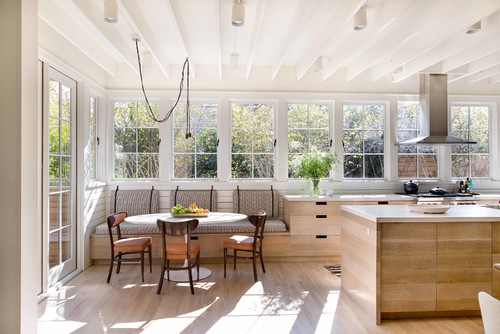
2. What’s Outside Affects What’s Inside
Observe the foliage outside the window to determine its impact on lighting. In winter, the sun shines more, while in summer, trees provide shade.
Adding color to white, known as “dirtying the white,” can enhance its appearance. However, gray-green trees lose brightness after the winter solstice, while whiter trees reflect too much light. Rooms with ocean views feel spacious; in contrast, white walls evoke the coolness of water.
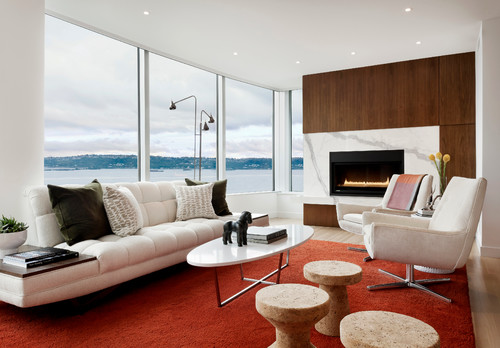
The concept of transference explains why we perceive colors as warm or cold based on our sensory experiences. White, often considered the coldest color alongside blues, grays, and greens, evokes the sensation of ice and snow. Our visual perception is influenced by our expectations, so colors associated with heat or cold can affect us. Despite varying temperatures and changing views, white remains a suitable choice for year-round shoreside houses. By framing the coolness outside and maintaining the architectural integrity, a creamy white with a hint of yellow-orange pigment enhances the surroundings.
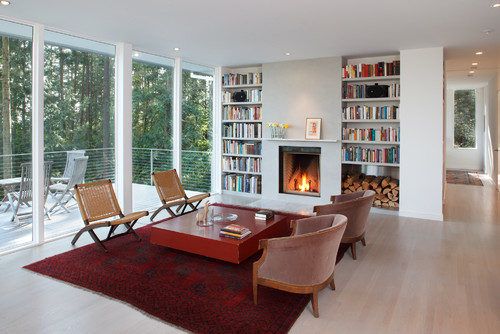
Ensure the trim of your home matches your white walls if you already have them. White paint maintains a frameless landscape appearance, expanding the view’s presence by eliminating the delineation between walls and woodwork. This strategy, painting both walls and trim white, is most effective due to its reflectivity, but it can work with any color.
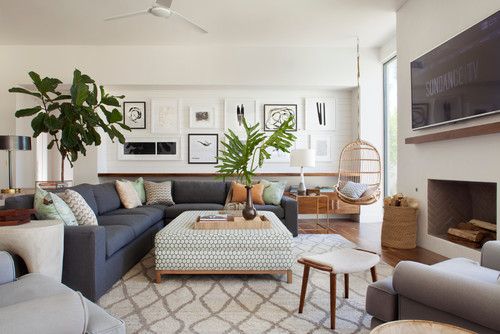
3. Reconsider the Gallery Look
A gallery does this for a reason: It directs attention to artwork rather than architectural details on the walls. Also, this principle applies to homes.
A white wall may seem stark and uncomfortable without notable art or a scenic view. However, it tends to highlight imperfections and disorder. In many cases, families opt for khaki over pristine white to conceal bumps and marks.
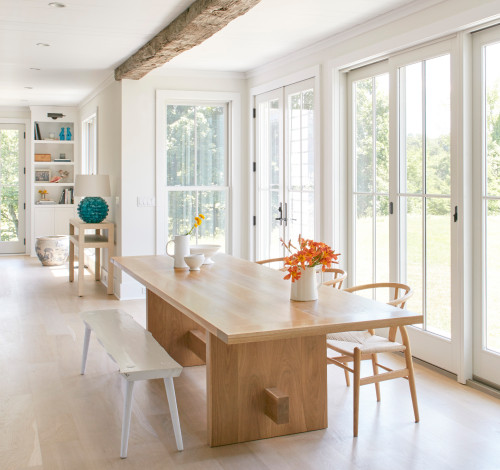
4. Pay Attention to History
In terms of style, white is classic, formal, refined, and restrained. If you’re planning a Greek revival or federal interior, white wall paint is likely for trim and walls in the kitchen and bedrooms. On the other hand, painting everything white can make your house resemble a builder’s ‘flip.’
To ensure your color choices complement your architecture, respect contextual requirements. Nothing says “wrong” more than pairing white wall paint with walls painted a saturated color.
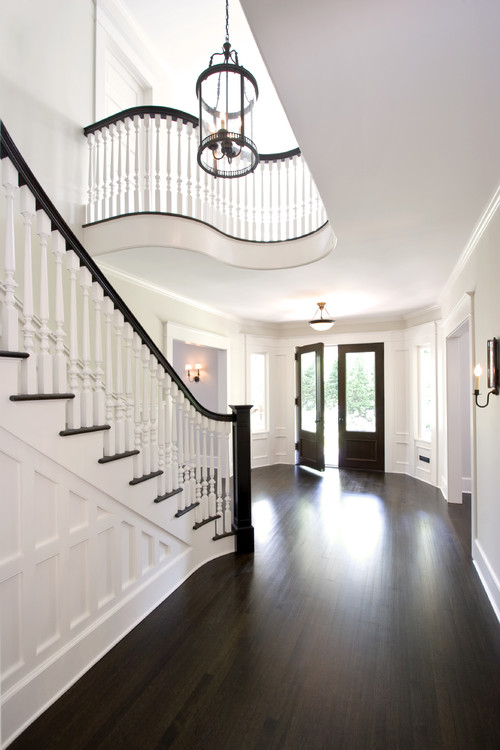
5. Use White to Expand Spaces
White walls create an illusion of spaciousness by amplifying light and reducing shadows and edges. Moreover, cool white reflects light, enlarging and opening up small spaces.
Moreover, cool white reflects light, enlarging and opening up small spaces. Additionally, successive rooms with subtle changes in hue enhance spatial perceptions and navigation habits better than stark contrasts.
To implement this, choose a white from the paint company’s fan deck and paint the smallest room with the darker value. Finally, adjust the overall size of each space based on the color’s value.
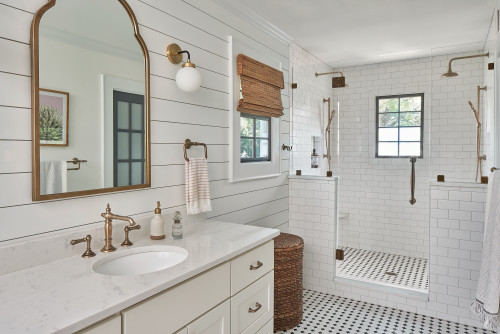
6. Add Texture to White to Avoid That Sterile Look
A white wall, trim, countertop, cabinet or fixture would look cleaner in a bathroom or kitchen. White wall paint is often associated with cleanliness, so it is ideal for preparing a house for sale and wanting to make the best first impression.
You can, however, make a bathroom look sterile, even boring, by reducing its design elements to just one color. If a room is whitewashed, it can have some drawbacks. A simple addition of textured wall surfaces like beadboard can often make the reduced palette pop by adding enough interest.
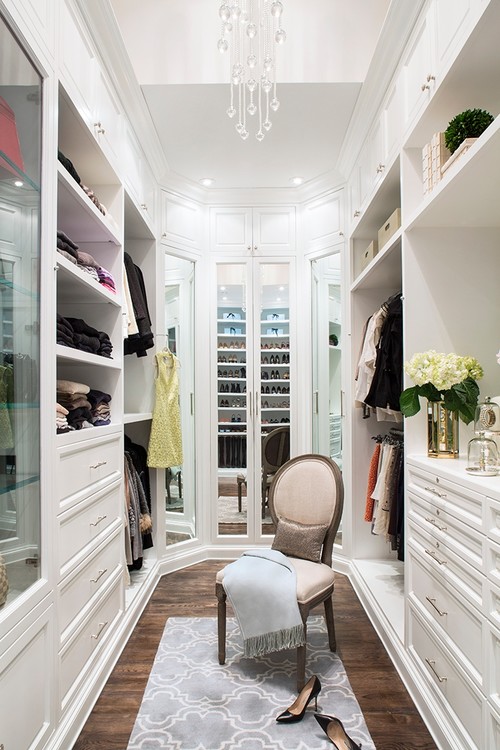
7. The Closets Don’t Need to Match the Room’s Walls
In most closets, windows are absent, and lighting is often an afterthought, resulting in poorly lit spaces, which is far from ideal when selecting an outfit for an important meeting.
LRV numbers on color cards at paint stores indicate the light-reflective value of your white wall paint. Higher LRV numbers mean more light reflection, which is beneficial for closet interiors.
White wall paint in galleries enhances surrounding colors, aiding in selecting outfit color combinations for the day.
You don’t need to paint your closet interior the same color as your bedroom walls; instead, tint it with a percentage of your bedroom wall color.
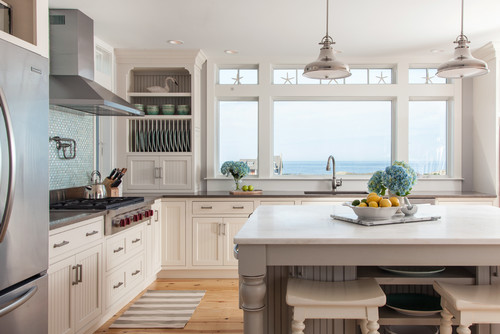
In the world of paint, white is both simple and sophisticated. It’s crisp appearance satisfies our desire to give our homes a new look and look.
Painting a room or a series of rooms in this cool, calm color is like taking a leap of faith, like you have to do when you cut your hair short.
Take an adventuresome approach to your home’s design by looking at its site, taking into account the light, and making a confident jump into a fresh, clean-cut interior design by taking a sure foot.
To find out what color works best for your home, get in touch with our team of painting professionals today for a free consultation.
